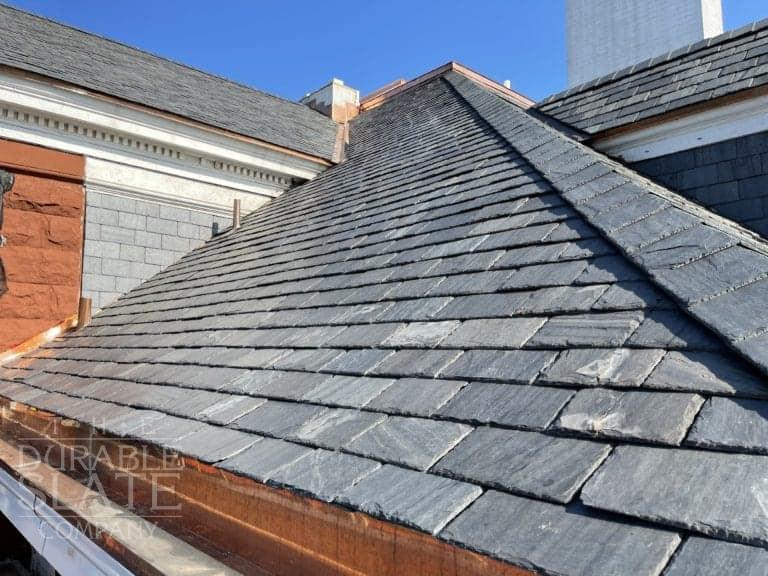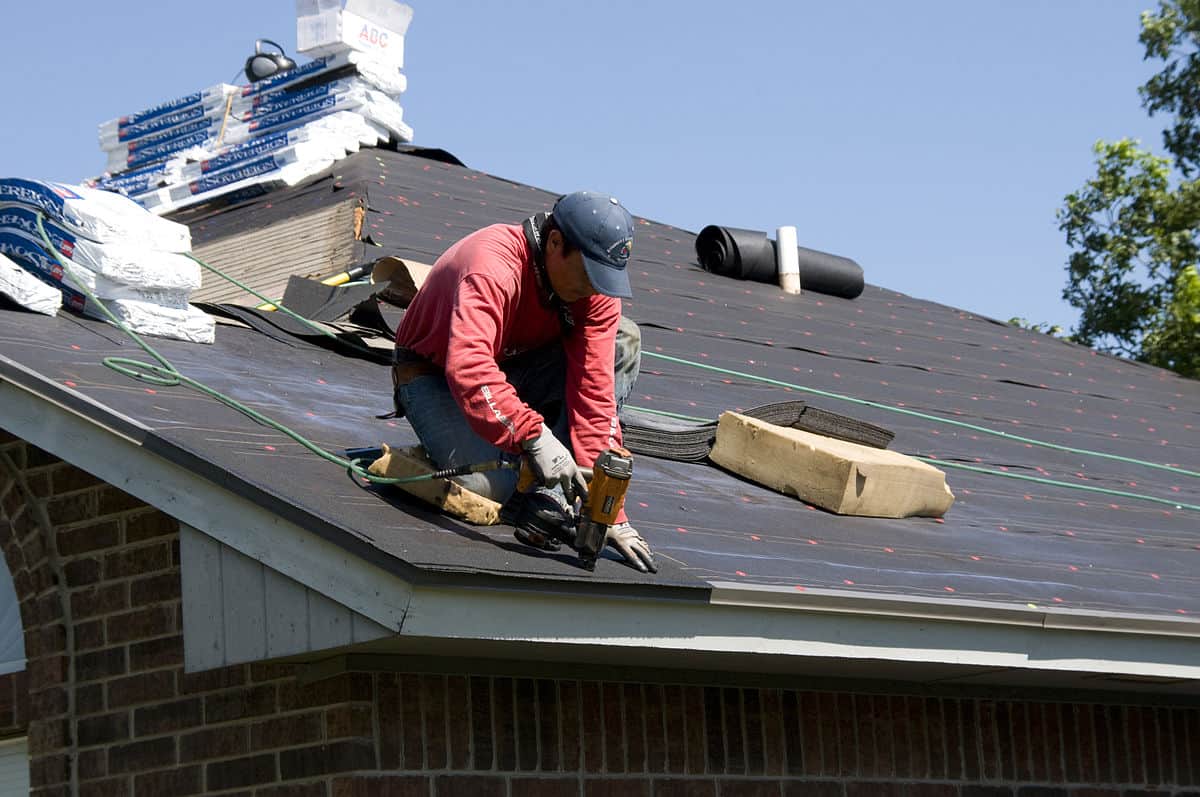Best Practices for Ensuring Proper Roofing Air Flow
A well balanced consumption and exhaust vent proportion, frequently 1:300, plays a pivotal role, with consumption vents preferably put at the lower side of the roof for cool air entry and exhaust vents at the top for warm air exit. Keeping insulation away from vents is critical to stop air movement constraint.
Understand Air Flow Basics
Effectively recognizing air flow fundamentals is important for guaranteeing the durability and efficiency of roof covering systems. Effective air flow mitigates moisture build-up and temperature level extremes in the attic, both of which can cause substantial structural damage with time. A well-ventilated roofing assists in stopping usual problems such as mold growth, wood rot, and ice dams, which can jeopardize the integrity of the roofing materials and the underlying structures.
The key objective of ventilation is to promote the motion of air, enabling a constant exchange between the exterior and indoor environments. This equilibrium is accomplished via a mix of consumption and exhaust vents that interact to maintain optimum air flow. Intake vents, normally located along the eaves or soffits, permit fresh air to go into the attic room, while exhaust vents, usually located at or near the roofing ridge, make it possible for warm, humid air to escape.
Trick variables influencing the effectiveness of roofing ventilation consist of appropriate positioning, ample sizing, and making certain that both consumption and exhaust vents are unblocked. Routine evaluation and upkeep are essential to recognize possible clogs, damages, or inefficiencies in the air flow system, thus safeguarding the roofing's performance and sturdiness.
Types of Roofing System Vents
Roofing system vents play a crucial role in preserving efficient attic air flow and, by extension, the general health of the roof system. Numerous kinds of roofing system vents are readily available, each with distinct advantages customized to details roof covering needs. Ridge vents, for instance, are mounted along the roof's peak, allowing warm, humid air to get away from the attic room. They provide continuous air flow and blend effortlessly with the roofline, making them both effective and aesthetically pleasing.

Soffit vents are installed under the eaves and job in tandem with roof covering vents to ensure a balanced intake and exhaust system. By allowing cooler air to enter from below, soffit vents assist in the expulsion of hot air through upper vents. Gable vents, located on the exterior walls of the attic room, deal one more efficient remedy, particularly in homes with gable roof coverings.
Assess Your Present Air Flow

Next, consider the age and condition of your roofing products and ventilation elements. Older systems may not abide with present building regulations or might have weakened over time, reducing their efficiency. Conduct a comprehensive examination to identify any type of indicators of deterioration, such as corrosion, damages, or spaces that can endanger the system's efficiency.
Furthermore, measure the attic room temperature and humidity degrees. Heats and humidity can suggest poor ventilation - roofing companies. Use a hygrometer and thermometer to get accurate readings, contrasting them with exterior problems. Persistent inconsistencies recommend potential concerns that require addressing.
Installation Best Practices
Efficient setup of roof air flow systems is critical for ensuring optimum performance and durability. Proper installation begins with comprehending the certain air flow needs of the building and the roofing system it covers. This includes determining the right ratio of intake to tire vents, commonly adhering to the 1:300 regulation, which stipulates one square foot of ventilation for every single 300 square feet of attic room flooring area.

Intake vents need to be installed at the roof covering's reduced edge, typically in the soffits, to permit trendy air to enter. Exhaust vents, on the various other hand, need to be mounted near or at the roofing's peak to have a peek at this website help with the exit of warm, moist air.
Seal all vent links diligently to protect against air leaks and prospective water infiltration. Use top notch products and follow maker guidelines to make sure durability and efficiency. Additionally, integrating ridge vents with baffles can substantially enhance air movement performance by avoiding wind-driven rain and snow from getting in the attic.
Eventually, specific setup of roofing ventilation systems mitigates potential concerns such as mold growth, ice dams, and structural damage, guaranteeing the roof's integrity and the building's overall health.
Routine Maintenance Tips
Uniformity in maintenance methods is basic to ensuring the long-term efficiency of roofing ventilation systems. Throughout these evaluations, make sure that vents are totally free of particles, nests, and other blockages that could hamper air movement.
Cleaning up the vents is another necessary job. Use a soft brush or a vacuum cleaner to get rid of dirt and debris from consumption and exhaust vents. Beware not to damage the vent screens or louvers throughout the process. In addition, evaluate the attic room for any indicators of water damages, which could endanger the integrity of the roof covering system.
Correct insulation is equally important. Guarantee that attic room insulation does not block the vents, as this can significantly limit airflow. Rearrange or replace it to preserve helpful site a reliable obstacle. if any insulation has moved or cleared up.
Last but not least, replace any damaged or missing parts quickly. Damaged vents, split tiles, or tatty blinking can all contribute to insufficient ventilation and should be dealt with without delay. Regular upkeep makes certain that the roof covering air flow system operates efficiently, consequently prolonging the life expectancy of the roof itself.
Final Thought
Making sure appropriate roof air flow is critical for maintaining the performance and longevity of a roof covering system. Adherence to the 1:300 consumption and exhaust vent proportion, combined with the tactical placement of vents, is crucial. Normal biannual inspections, particles cleaning, and making certain insulation does not block the original source airflow are critical techniques. Executing these best techniques will foster a well-ventilated roof system, thus reducing prospective problems associated with moisture build-up and extreme heat, inevitably prolonging the roofing system's life expectancy.
A balanced intake and exhaust air vent proportion, typically 1:300, plays a crucial role, with intake vents ideally positioned at the lower edge of the roof for awesome air access and exhaust vents at the peak for warm air departure. Consumption vents, commonly located along the eaves or soffits, permit fresh air to get in the attic room room, while exhaust vents, often situated at or near the roofing ridge, allow warm, humid air to leave.
Soffit vents are mounted under the eaves and work in tandem with roof covering vents to guarantee a balanced consumption and exhaust system. By permitting cooler air to enter from below, soffit vents assist in the expulsion of warm air via top vents. Adherence to the 1:300 consumption and exhaust vent proportion, combined with the calculated positioning of vents, is important.
Comments on “The Value of Picking Professional Roofing Companies Gainesville Florida”